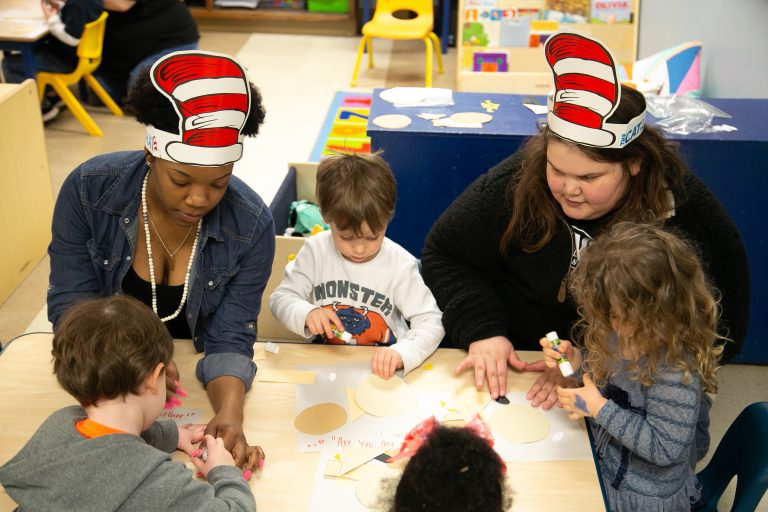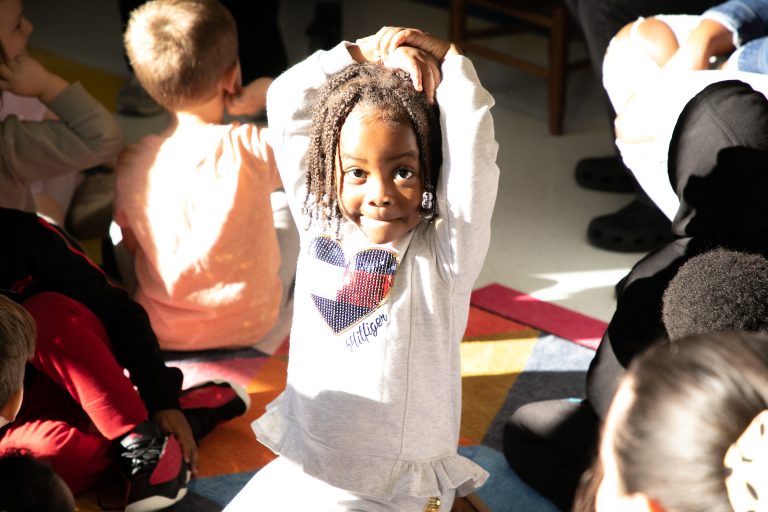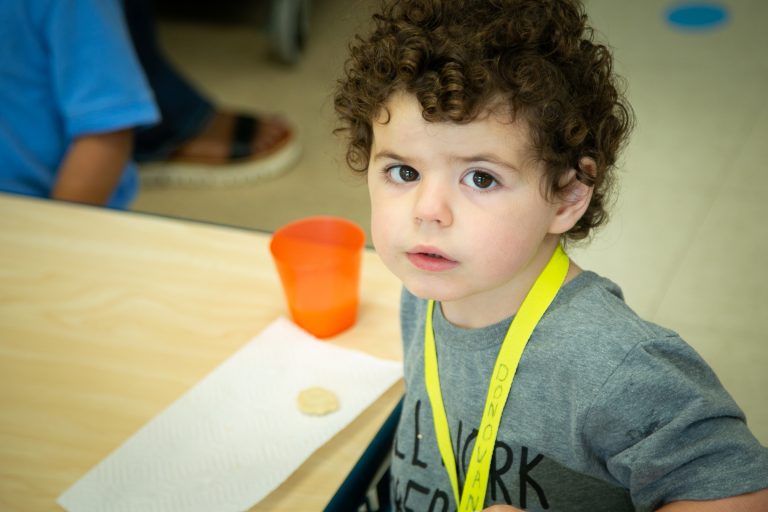NAEYC Program Standards
The BS in Early Childhood (ECD) degree program is designed to train entry level early childhood education leaders. The curriculum aligns with National Association for the Education of Young Children (NAEYC) standards and is designed to promote high-quality early learning for all young children, birth through age eight, by connecting early childhood practice, policy, and research with quality instruction.
The NAEYC program standards include:
Standard #1: Relationships The program promotes positive relationships among all children and adults. It encourages each child’s sense of individual worth and belonging as part of a community and fosters each child’s ability to contribute as a responsible community member.
Standard #2: Curriculum The program implements a curriculum that is consistent with its goals for children and promotes learning and development in each of the following areas: social, emotional, physical, language, and cognitive.
Standard #3: Teaching The program uses developmentally, culturally, and linguistically appropriate and effective teaching approaches that enhance each child’s learning and development in the context of the curriculum goals.
Standard #4: Assessment of Child Progress The program is informed by ongoing systematic, formal, and informal assessment approaches to provide information on children’s learning and development. These assessments occur within the context of reciprocal communications with families and with sensitivity to the cultural contexts in which children develop.
Standard #5: Health The program promotes the nutrition and health of children and protects children and staff from illness and injury. Children must be healthy and safe in order to learn and grow. Programs must be healthy and safe to support children’s healthy development.
Standard #6: Staff Competencies, Preparation, and Support The program employs and supports a teaching staff with the educational qualifications, knowledge, and professional commitment necessary to promote children’s learning and development and to support families’ diverse needs and interests.
Standard #7: Families The program establishes and maintains collaborative relationships with each child’s family to foster children’s development in all settings. These relationships are sensitive to family composition, language, and culture. To support children’s optimal learning and development, programs need to establish relationships with families based on mutual trust and respect, involve families in their children’s educational growth, and encourage families to fully participate in the program.
Standard #8: Community Relationships The program establishes relationships with and uses the resources of the children’s communities to support the achievement of program goals. Relationships with agencies and institutions in the community can help a program achieve its goals and connect families with resources that support children’s healthy development and learning.
Standard #9: Physical Environment The program has a safe and healthful environment that provides appropriate and well-maintained indoor and outdoor physical environments. The environment includes facilities, equipment, and materials to facilitate child and staff learning and development.
Standard #10: Leadership and Management The program effectively implements policies, procedures, and systems that support stable staff and strong personnel, and fiscal, and program management so all children, families, and staff have high-quality experiences.
*Updated September 2019 - SOE


